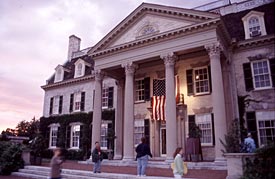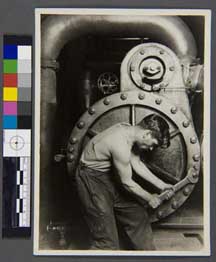I wrote yesterday about museum pricing strategies, and while catching up on what happened while I was away, I was pleased to discover some good business sense at the Smithsonian Institution. At three of its most popular museums, hours will be extended to 7:30 p.m. during tourist-heavy spring and summer months, in an effort by the new Secretary Wayne Clough to try to increase revenue.
Most Smithsonian museums close at 5:30 p.m., but now the Museum of American History, the Museum of Natural History and the Air & Space Museum will stay open two hours longer most days through Labor Day.
 So, kudos — and a strawberry — to Clough.
So, kudos — and a strawberry — to Clough.
This wouldn’t work for all museums: the added costs would be too high. More important, traffic patterns differ from city to city, museum to museum. Yet as with pricing, there’s room at many arts institutions — not just museums — for experimentation with hours to maximize convenience for museum visitors.

 I understand, and sympathize with, their quandary. But raising prices in a recession might hurt more than it helps, especially if the hikes are substantial. Besides, museums don’t get much of their revenue from the gate.
I understand, and sympathize with, their quandary. But raising prices in a recession might hurt more than it helps, especially if the hikes are substantial. Besides, museums don’t get much of their revenue from the gate. 
